Magnetic separator is a device that uses magnetic differences to separate materials. It is widely used in mining, chemical, building materials, environmental protection and other industries. It mainly attracts and separates magnetic materials through magnetic fields, and has the advantages of high separation efficiency, strong adaptability, and easy operation. With the continuous advancement of technology, magnetic separators are developing in the direction of large-scale, high-efficiency, and intelligentization to meet the needs of different industries and improve production efficiency and quality.
【Device Type】:Screening Machine
【Handling Materials】:Magnetic mineral screening, coal, non-metallic minerals, building materials, iron removal of garbage, separation of magnetic impurities from non-ferrous metals.
【Equipment capacity】:5-300T/H
【Equipment power】:10-200W/H
【Scope of application】:Garbage sorting, mining, ceramics, chemical, food, resource recycling and other industries
Magnetic separator is a kind of equipment widely used in the industrial field, especially in environmental protection, mining, wood industry, kiln industry, chemistry, food and other industries. The following is an introduction to magnetic separator:
A. Introduction to magnetic separator:
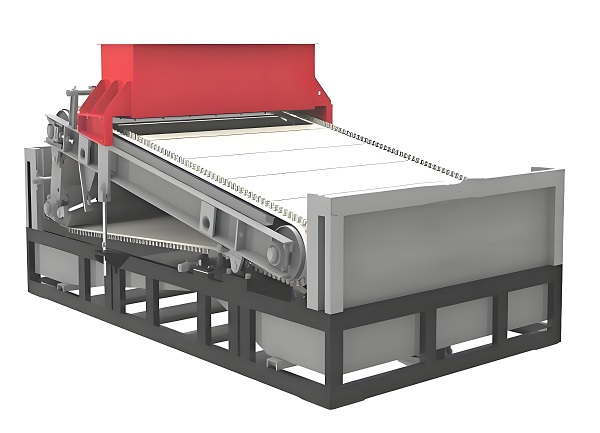
Magnetic Separator
Magnetic separator is a screening device used to remove iron powder from recycled powder particles. It is based on the magnetic difference of different substances in the ore or mixture, and separates magnetic substances from non-magnetic substances through the action of magnetic field. In mining, magnetic separators are mainly used to process magnetic ores such as magnetite, pyrrhotite, roasted ore, ilmenite, etc., and are also used for iron removal of materials such as coal, non-metallic minerals, and building materials.
Magnetic separators are mainly based on the attraction of magnetic fields to magnetic substances. When the ore or mixture to be processed enters the magnetic field area of the magnetic separator, the magnetic substance will be attracted by the magnetic force, move along the direction of the magnetic field, and be collected by the magnetic components of the magnetic separator (such as drums, magnetic plates or magnetic rollers). As these components rotate or move, the magnetic substance is taken out of the magnetic field area to achieve separation from the non-magnetic substance. Non-magnetic materials are not affected by magnetic force, continue to move along the direction of movement of the conveying device, and are discharged from the magnetic field area.
B. Types of magnetic separators
Magnetic separators can be divided into many types according to the strength of the magnetic field, the type of magnetic medium, the working medium and the structural characteristics, such as dry magnetic separators, wet magnetic separators, permanent magnetic separators, electromagnetic magnetic separators, etc. Different types of magnetic separators have different characteristics and application ranges:
1. Dry magnetic separator: suitable for processing dry and large-sized materials, with simple structure and convenient maintenance.
2. Wet magnetic separator: suitable for processing materials with high water content, such as ore pulp, etc., through the action of water flow to make the ore particles loose, which is conducive to the separation of magnetic materials.
3. Permanent magnetic separator: The magnetic poles made of permanent magnetic materials generate a constant magnetic field, and the magnetic field strength is stable and lasting, which is suitable for long-term operation scenarios.
4 Electromagnetic magnetic separator: An adjustable magnetic field is generated by powering on. The magnetic field strength and direction can be changed by adjusting the size and direction of the current. It has strong adaptability and can be used to process a variety of materials.
C. Structure and composition of magnetic separator
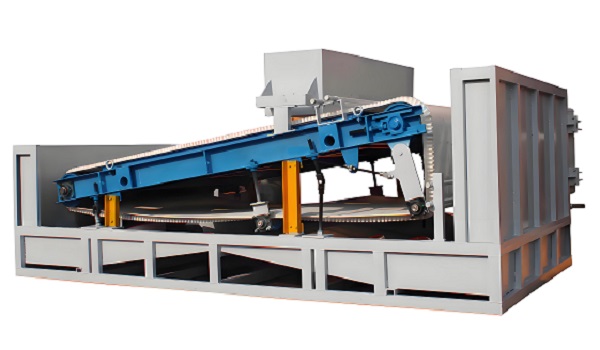
Magnetic Separator
Take wet permanent magnetic drum magnetic separator as an example, it is mainly composed of cylinder, roller, brush roller, magnetic system, tank body, transmission part, etc. The cylinder is made of stainless steel plate rolled and welded, and the magnetic system is an open magnetic system, which is installed in the cylinder and exposed full magnet. The motor drives the cylinder, magnetic roller and brush roller to rotate through the reducer or directly with the stepless speed regulation motor. The working area of the tank body is made of stainless steel plate to ensure the corrosion resistance and wear resistance of the equipment.
D. Maintenance and care
Maintenance and care of magnetic separators are essential to extend the service life of equipment and improve production efficiency. Regularly check the appearance of the equipment, cables and connectors, surface cleanliness, and the status of components such as magnetic media to ensure that the equipment is in good operating condition. At the same time, it is also necessary to regularly inspect and maintain the transmission system, bearings and lubrication system of the equipment to ensure the stability and reliability of the equipment.
PS: Magnetic separator is an important industrial equipment with a wide range of applications and significant economic benefits. Through reasonable selection and maintenance, the performance advantages of magnetic separators can be fully utilized to provide strong support for the production and development of enterprises.
Introduction: Magnetic separator is an important mineral processing equipment. Its working principle is mainly based on the difference in the response of different substances in garbage, ore or mixture to the magnetic field. The following is a description of the working principle of magnetic separator:
1. Magnetic field generation and regulation: A strong magnetic field is generated inside the magnetic separator by permanent magnets or electromagnets. Permanent magnet magnetic separators use magnetic poles made of permanent magnetic materials to generate a constant magnetic field. The magnetic field strength is stable and lasting, which is suitable for long-term operation scenarios. Electromagnetic magnetic separators generate adjustable magnetic fields by energizing. The strength and direction of the magnetic field can be changed by adjusting the size and direction of the current to meet the magnetic separation needs of different materials. This flexibility makes electromagnet magnetic separators more adaptable when processing a variety of materials.
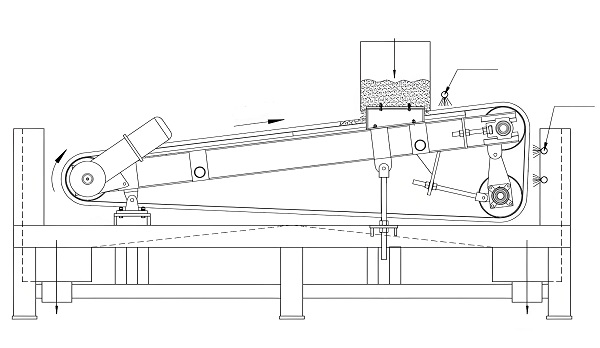
Working principle of magnetic separator
2. Ore pretreatment: The ore to be processed first undergoes pretreatment processes such as crushing and grinding to reduce its particle size and increase its surface area. This step is crucial to improving the separation efficiency of magnetic materials, because after the particle size is reduced, the magnetic material is more easily attracted by the magnetic field, thereby achieving more effective separation.
3. Ore enters the magnetic field area: The pre-treated ore enters the magnetic field area of the magnetic separator through a conveying device. The conveying device is usually composed of components such as belts, chains or spirals, which transport the ore evenly into the magnetic field to ensure that the ore is subjected to uniform magnetic force in the magnetic field.
4. Separation of magnetic substances:
a. Under the action of the magnetic field, the magnetic substance will be attracted by the magnetic force and move along the direction of the magnetic field. These magnetic substances are collected by components such as magnetic drums, magnetic plates or magnetic rollers of the magnetic separator. These components are usually made of stainless steel or strong magnetic materials to ensure sufficient magnetic force and wear resistance. As these components rotate or move, the magnetic substances are taken out of the magnetic field area to achieve separation from non-magnetic substances.
b. For some types of magnetic separators, such as disc magnetic separators, the working principle also involves the rotation of the disk and the flow of slurry. The disk is gradually immersed in the slurry under the drive of the transmission device, and the magnetic ore particles are adsorbed to the two sides of the disk. As the magnetic disk rotates, the adsorbed magnetic ore particles are brought to the water supply device, the mixed gangue is washed back to the slurry tank, and the concentrate is discharged into the concentrate tank under the action of the unloading scraper and high-pressure water.
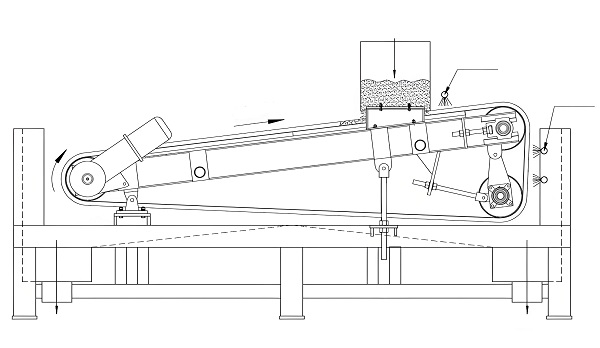
Working principle of magnetic separator
5. Discharge of non-magnetic materials: At the same time, non-magnetic materials are not affected by magnetic force, continue to move along the direction of movement of the conveying device, and are discharged from the magnetic field area. These non-magnetic materials are usually collected and used for other purposes or treated as tailings.
6. Classification and characteristics of magnetic separators: There are many types of magnetic separators, which are usually classified and named according to the strength of the magnetic field, the type of magnetic medium, the working medium and the structural characteristics. Different types of magnetic separators have different characteristics and application ranges. For example:
a. Dry magnetic separators are suitable for processing dry and large-sized materials.
b. Wet magnetic separators are suitable for processing materials with high water content.
c. Permanent magnetic separators have the advantages of simple structure and easy maintenance.
d. Electromagnetic magnetic separators have the advantages of adjustable magnetic field and strong adaptability.
e. New magnetic separators such as superconducting magnetic separators and high gradient magnetic separators provide effective means for the beneficiation of fine-grained and micro-fine-grained weakly magnetic minerals, further promoting the development and application of magnetic separation technology.
PS: The working principle of the magnetic separator is based on the magnetic difference of different substances in the ore or mixture, and the separation of magnetic substances from non-magnetic substances is achieved under the action of the magnetic field. Magnetic separators have various types and characteristics, suitable for the magnetic separation needs of different industries and materials. With the advancement of science and technology and the continuous development of magnetic separation technology, the performance and application range of magnetic separators are also expanding.
Preface: As a device that uses magnetic force to separate different components in ores or mixtures, magnetic separators have shown wide application value in multiple industrial fields. The following is a detailed introduction to the application of magnetic separators:
A. Resource recovery field
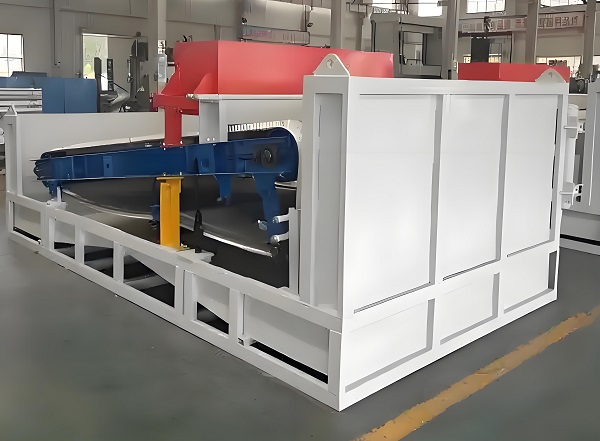
Magnetic Separator
Magnetic separators are also widely used in the field of resource recovery. Through the processing of magnetic separators, valuable magnetic substances can be recovered from waste materials to achieve resource reuse and conservation. This is of great significance for promoting the development of circular economy and reducing resource waste.
B. Recycling of iron in garbage
Magnetic separators play a key role in garbage sorting. They can efficiently extract magnetic metal materials such as iron and steel from mixed garbage. Magnetic separators have broad application prospects in the field of garbage treatment and are one of the important tools to improve the efficiency and quality of garbage treatment.
C. Mining field
In mining, magnetic separators are mainly used to separate magnetic and non-magnetic substances in ores, improve the purity and grade of ores, and thus increase economic benefits. Specifically, magnetic separators are widely used in the selection of the following ores:
1. Iron ore: Magnetic separators can effectively separate magnetic iron minerals (such as magnetite) from other non-magnetic minerals (such as quartz, feldspar, etc.) in iron ore, thereby improving the grade and recovery rate of iron ore.
2. Manganese ore, ilmenite, wolframite: These ores also contain a lot of magnetic substances, and magnetic separators can efficiently separate them and improve the utilization rate of ores.
3. Coal and non-metallic ores: Magnetic separators are also used for iron removal operations in coal and non-metallic ores to remove iron impurities and improve the quality and purity of products.
3. Magnetic separators are also suitable for wet or dry magnetic separation of manganese ore, magnetite, pyrrhotite, roasted ore, hematite and limonite with a particle size of less than 50mm. Through the treatment of magnetic separators, the magnetic substances in these ores can be effectively extracted, providing high-quality raw materials for subsequent smelting or processing.
D. Ceramic industry
In the process of ceramic production, magnetic separators play a vital role. Since porcelain clay often contains iron impurities, these impurities will affect the appearance and performance of ceramic products. Therefore, in the preparation process of ceramic raw materials, magnetic separators are used to remove iron impurities in porcelain clay to improve the quality and whiteness of ceramic products. Through the treatment of magnetic separators, the purity of ceramic products can be ensured to meet the market demand for high-quality ceramic products.
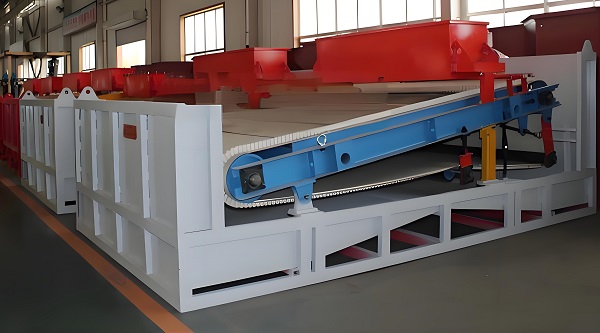
Magnetic Separator
E. Chemical Industry
In the chemical industry, magnetic separators have also shown a wide range of application value. Chemical raw materials often contain ferromagnetic impurities, which will affect the quality and performance of chemical products. Through the treatment of magnetic separators, ferromagnetic impurities in materials can be removed to improve the purity and quality of products. This is of great significance for the production and application of chemical products.
F. Food Industry
In the food industry, magnetic separators also play an important role. For example, in the processing of food raw materials such as flour and starch, magnetic separators can remove ferromagnetic impurities such as iron nails and iron wires to ensure the safety and hygiene of food. As people pay more attention to food safety and quality, the application prospects of magnetic separators in the food industry will be broader.
G. Other fields
In addition to the above fields, magnetic separators are also used in many industries such as the wood industry and kiln industry. In the process of wood processing, magnetic separators can remove metal impurities in wood, protect processing equipment and improve product quality. In the kiln industry, magnetic separators are used to remove iron impurities in ceramic raw materials and improve the quality and performance of ceramic products.
PS: Magnetic separators have a wide range of application scenarios and important application value in many fields such as environmental protection, mining, ceramics, chemicals, food and resource recycling. With the continuous advancement of science and technology and the continuous improvement of people's requirements for product quality, the application field of magnetic separators will continue to expand and deepen.
Introduction: As an efficient separation equipment, magnetic separator has shown its unique characteristics and advantages in many fields. The following is a detailed summary of the characteristics and advantages of magnetic separators:
A. Characteristics of magnetic separator
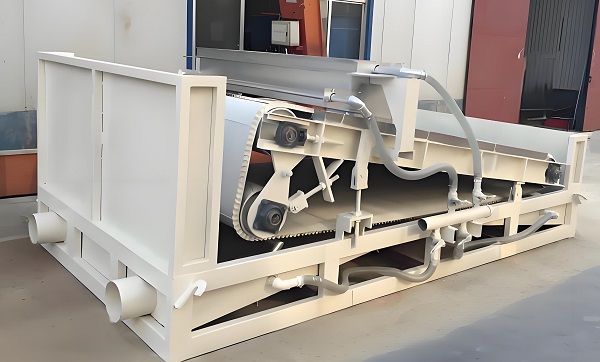
Magnetic Separator
1. Efficient separation: The magnetic separator can efficiently separate materials, especially for materials containing magnetic substances, the separation effect is particularly significant.
2. Non-contact operation: During the working process of the magnetic separator, there is no need to directly contact the materials, thus avoiding the wear and contamination that may occur in traditional separation methods.
3. Wide working range: The magnetic separator is suitable for processing a variety of materials with different properties, such as ores, garbage, ceramic raw materials, etc., and has strong versatility.
4. Flexible adjustment: The magnetic system of the magnetic separator is flexible in design and can be adjusted according to the properties of the material and separation requirements to achieve the best separation effect.
B. Advantages of magnetic separator
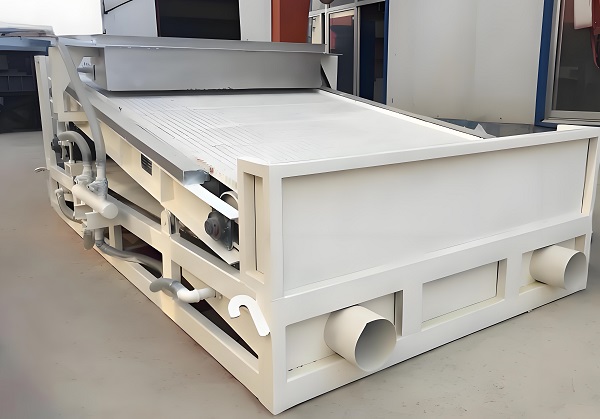
Magnetic Separator
1. High production efficiency: The magnetic separator can produce continuously and improve equipment utilization. Especially in the dry magnetic separation process, it is not restricted by water sources and can operate continuously all year round.
2. Save resources: Compared with water separation, dry magnetic separator does not require water, reduces the generation of sludge and sewage, and saves water resources.
3. Large processing capacity: The magnetic separator adopts a wrapped open magnetic system with large processing capacity. A single piece of equipment can handle a large amount of materials, and multiple machines can also be used in parallel to increase output.
4. Strong adaptability: Magnetic separators come in various specifications and models, which can meet the needs of various industries. Some equipment can also be used for multiple purposes.
PS: With its characteristics and advantages such as high efficiency, flexibility, and resource saving, magnetic separators have shown broad application prospects in many fields.
Preface: Choosing the right magnetic separator is a decision-making process involving many factors. In order to ensure that you choose a magnetic separator with superior performance and high cost performance, the following are some key steps and considerations:
A. Clarify needs and material characteristics
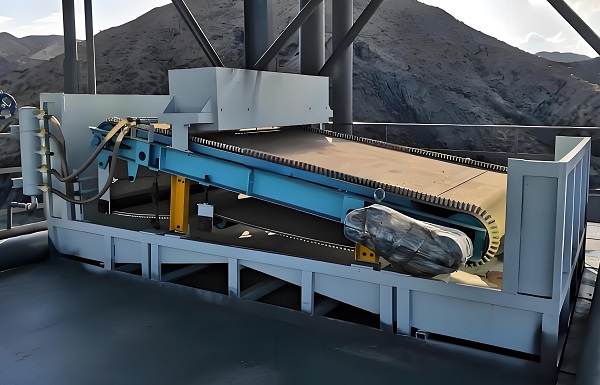
Magnetic Separator
1. Understand the nature of the material: The selection of the magnetic separator should first be based on the nature of the material to be processed, such as the magnetism, particle size, humidity, etc. of the material. Different types of magnetic separators are required for materials of different properties.
2. Determine the processing scale: Determine the processing capacity requirements of the magnetic separator according to the scale and processing capacity of the production line. Excessive processing capacity will lead to waste of resources, and too small processing capacity cannot meet production needs.
3. Clarify the selection requirements: Determine the selection accuracy and efficiency requirements of the magnetic separator according to the quality and purity requirements of the product.
B. Market research and manufacturer screening
1. Market research: Understand the market status and development trends of magnetic separators through the Internet, industry exhibitions, professional forums, etc., and collect information on magnetic separators of different brands and models.
2. Manufacturer screening: Select a magnetic separator manufacturer with good reputation, strong strength, and perfect after-sales service. Screening can be carried out through field visits, customer reviews, industry reputation, etc.
D. Equipment performance and technical parameter evaluation
1. Magnetic field strength: Magnetic field strength is a key factor affecting the effect of magnetic separation. According to the magnetism of the material, select the appropriate magnetic field strength. Strong magnetic field is suitable for the selection of weak magnetic materials, and weak magnetic field is suitable for the selection of strong magnetic materials.
2. Processing capacity: Ensure that the processing capacity of the magnetic separator meets production needs. The size of the processing capacity is related to factors such as the specifications, structure, and magnetic field strength of the equipment.
3. Separation efficiency: Separation efficiency is an important indicator for evaluating the performance of the magnetic separator. An efficient magnetic separator can reduce material waste and improve product quality and purity.
4. Stability and durability: The stability and durability of the magnetic separator are related to the service life and maintenance cost of the equipment. Selecting a magnetic separator with a reasonable structure, excellent material, and exquisite manufacturing process can improve the stability and durability of the equipment.
5. Other technical parameters: such as magnetic separation width, electromagnetic coil current, material particle size range, operating temperature, cooling method, etc., are also important parameters for evaluating the performance of the magnetic separator.
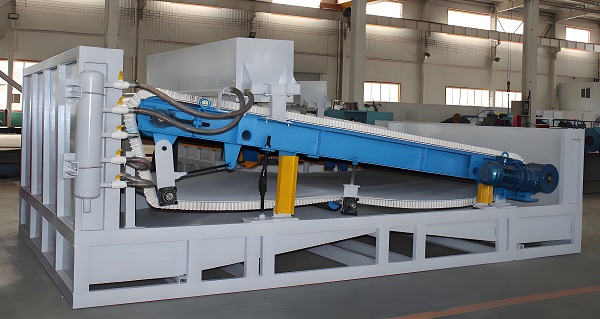
Magnetic Separator
E. Price and after-sales service
1. Price comparison: Under the premise of meeting performance requirements, compare the prices of magnetic separators of different brands and models, and choose products with high cost performance.
2. After-sales service: The after-sales service of magnetic separators includes equipment installation, commissioning, maintenance, training, etc. Selecting a manufacturer that provides perfect after-sales service can ensure the normal operation of the equipment and extend its service life.
F. Actual testing and verification
1. On-site test: When conditions permit, conduct on-site tests of magnetic separators to verify their actual performance and effects.
2. User feedback: Understand the experience and feedback of other users on the brand and model of magnetic separators as a reference for purchase.
PS: The purchase of the right magnetic separator requires comprehensive consideration of material characteristics, market demand, equipment performance, price and after-sales service and other factors. Through scientific market research, detailed parameter evaluation, reasonable price comparison and actual test verification, you can purchase magnetic separators with superior performance and high cost performance, providing strong guarantee for the production and development of enterprises.
Model Project | Adapt mm | Rated Lifting height h=mm | Material Thickness ≤mm | Excitation Power | Magnetic field | Drive | Adapt speed ≤m/s | Weight kg | Overall dimensions (mm) | ||||
A | B | C | D | E | |||||||||
ZCMS-5 | 500 | 150 | 100 | 1.2 | 60 | 1.5 | 4.5 | 1080 | 1900 | 965 | 720 | 750 | 1030 |
ZCMS-6 | 600/650 | 180 | 120 | 2 | 60 | 1.5 | 1350 | 2000 | 1170 | 810 | 800 | 1150 | |
ZCMS-6.5 | 650 | 200 | 150 | 3 | 70 | 2.2 | 1550 | 2200 | 1370 | 820 | 888 | 1233 | |
ZCMS-8 | 800 | 250 | 200 | 4 | 70 | 2.2 | 2180 | 2500 | 1420 | 860 | 1031 | 1300 | |
ZCMS-10 | 1000 | 300 | 250 | 6 | 70 | 3.0 | 3390 | 2700 | 1700 | 880 | 1231 | 1500 | |
ZCMS-12 | 1200 | 350 | 300 | 8 | 70 | 3.0 | 4160 | 3000 | 1850 | 950 | 1505 | 1700 | |
ZCMS-14 | 1400 | 400 | 350 | 12 | 71 | 4.0 | 5500 | 3500 | 2070 | 1020 | 1674 | 1950 | |
ZCMS-16 | 1600 | 450 | 400 | 14 | 71 | 4.0 | 6900 | 3700 | 2270 | 1050 | 1874 | 2400 | |
ZCMS-18 | 1800 | 500 | 450 | 20 | 73 | 5.5 | 8900 | 4300 | 2570 | 1160 | 2100 | 2850 | |
ZCMS-20 | 2000 | 500 | 500 | 30 | 73 | 5.5 | 10500 | 4600 | 2750 | 1300 | 2200 | 3100 | |
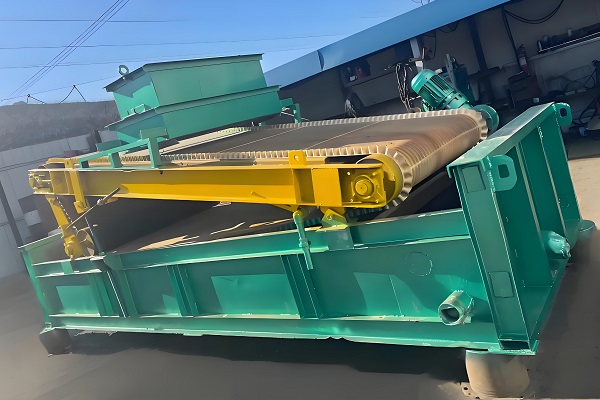
 2025-01-03
2025-01-03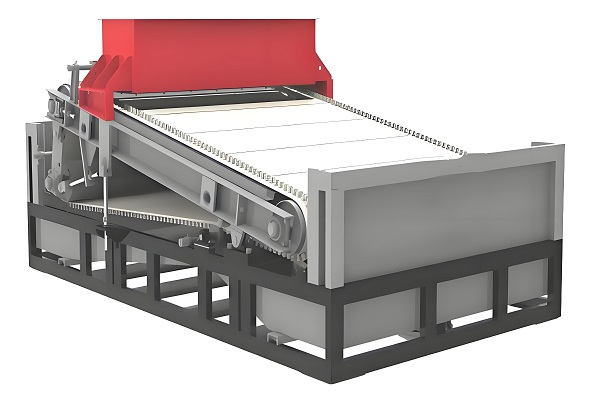
 2025-01-03
2025-01-03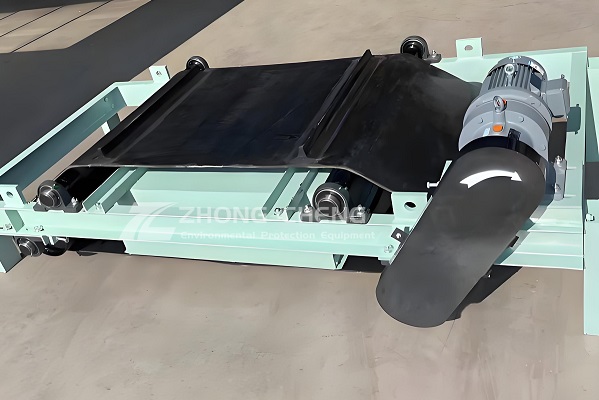
 2024-12-14
2024-12-14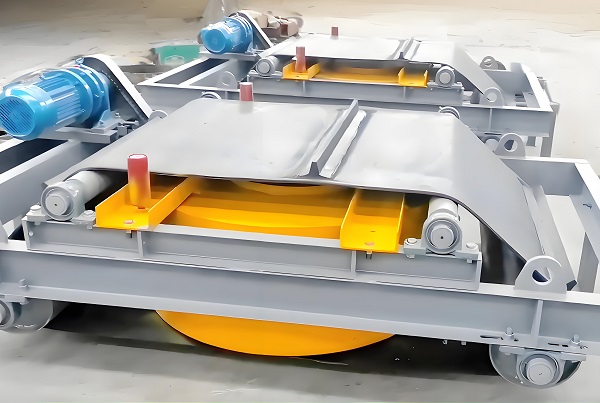
 2024-12-13
2024-12-13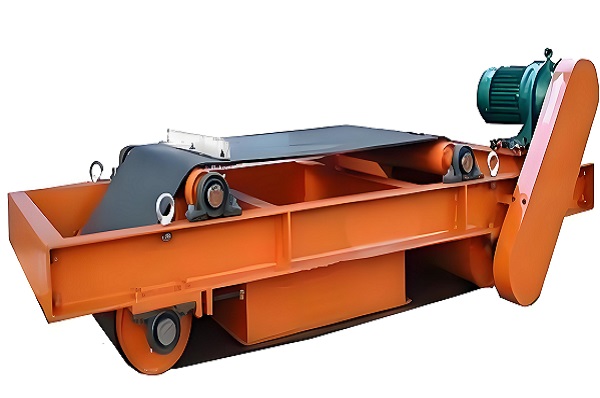
 2024-12-13
2024-12-13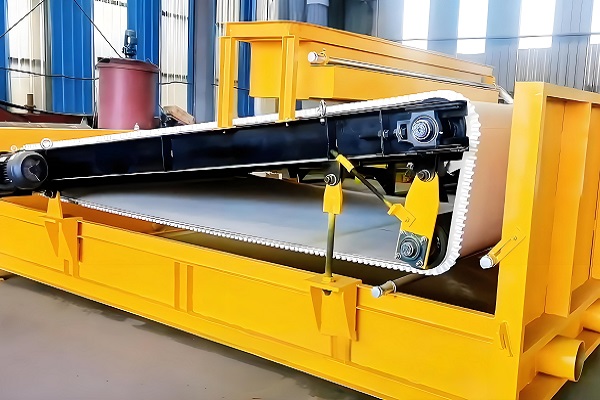
 2024-12-12
2024-12-12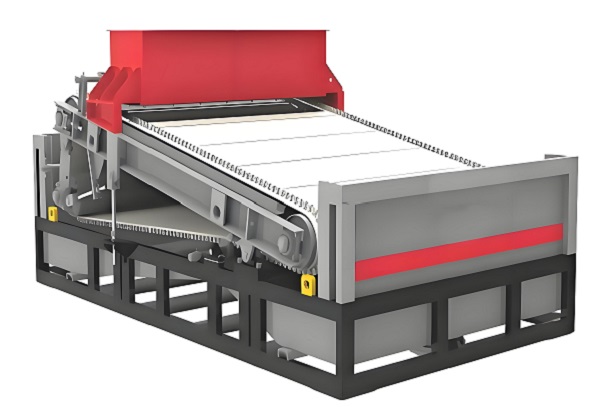
 2024-12-12
2024-12-12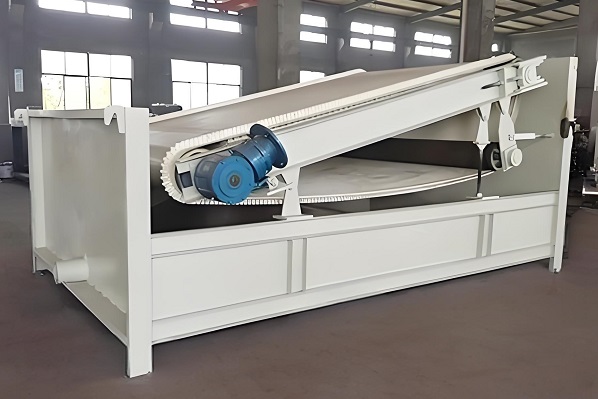
 2024-12-11
2024-12-11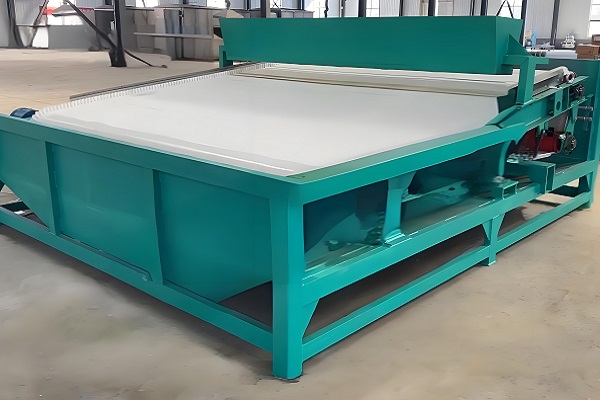
 2024-12-11
2024-12-11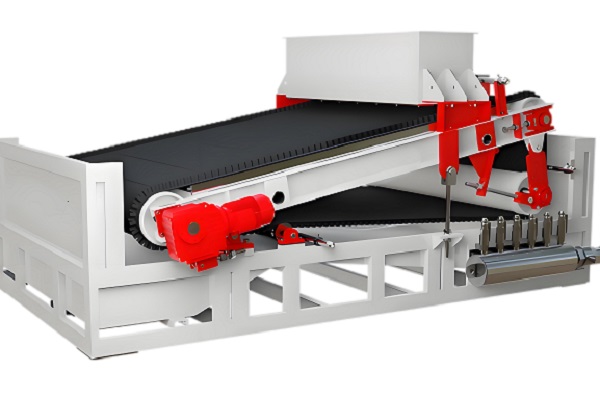
 2024-12-11
2024-12-11Save Time! Get A Detailed Quotation Quickly.
